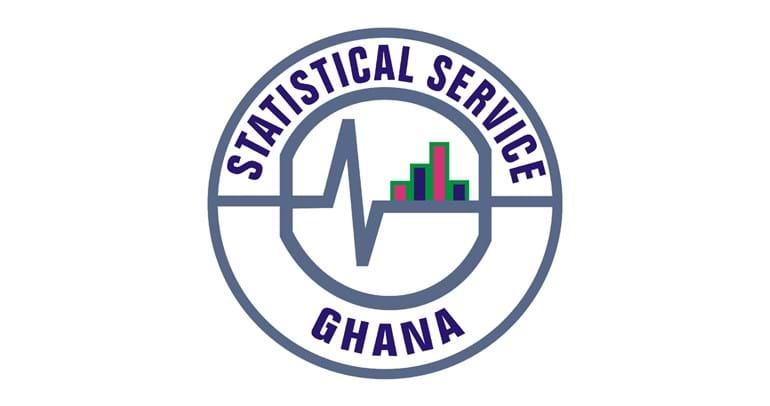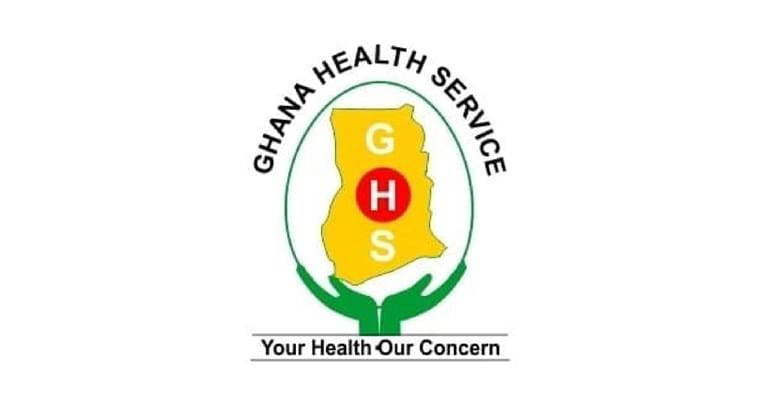Public health challenges caused by human mobility
Populations are not static; people commute, migrate, or move house. This means that the number of people in an area changes over time, whether on an hourly or daily basis or a seasonal or annual basis. For healthcare professionals, this creates challenges.
Mobility is not only a factor in the spread of communicable diseases, but it also affects service demands and needs. How do health planners determine how many vaccines, medicines and antibiotics, or oxygen to supply; how many births to expect; or how much screening and testing needs to be done in a particular area if they don’t know how many people live in their catchment area?
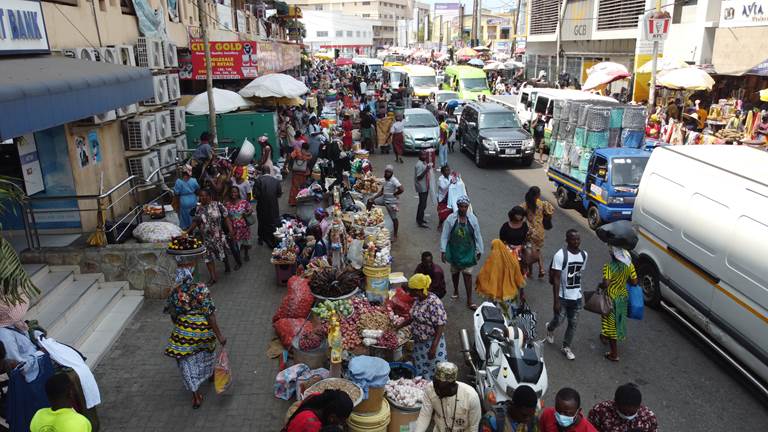
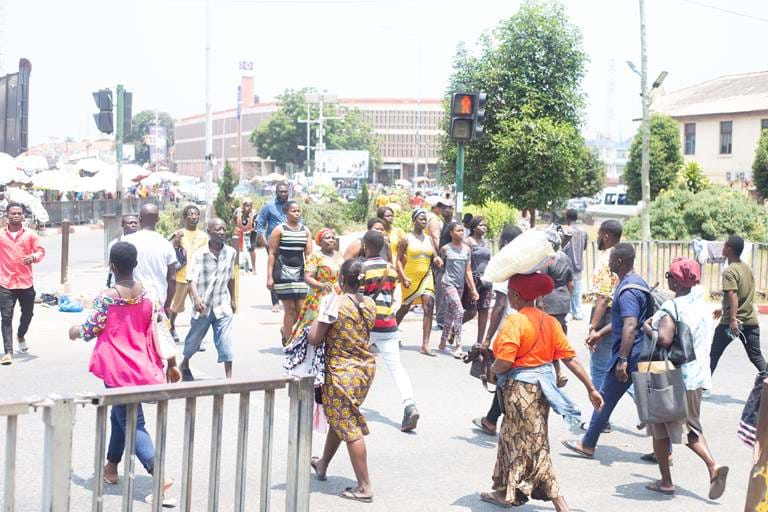
Variations in the number of people in an area, and the movements of people between different areas, have important implications for a range of decision-making related to public health.
Not knowing their population denominator, due to people's movements, makes it difficult for health planners to calculate statistics or figures such as disease infection rates or monitor performance and measure progress towards their targets.
Helping Ghana Health Service integrate population mobility data into their planning and interventions
In Ghana, these changes in population density and distribution across time create challenges for Ghana Health Service (GHS), as many metrics used in public health decision making are calculated on a “per capita” basis. This can include metrics describing the occurrence of disease (such as disease incidence or prevalence) vaccination coverage rates, or the availability of public health resources.
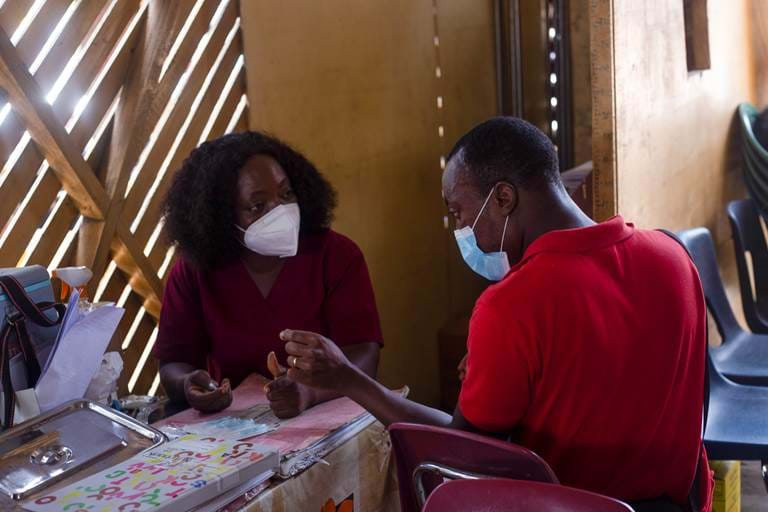
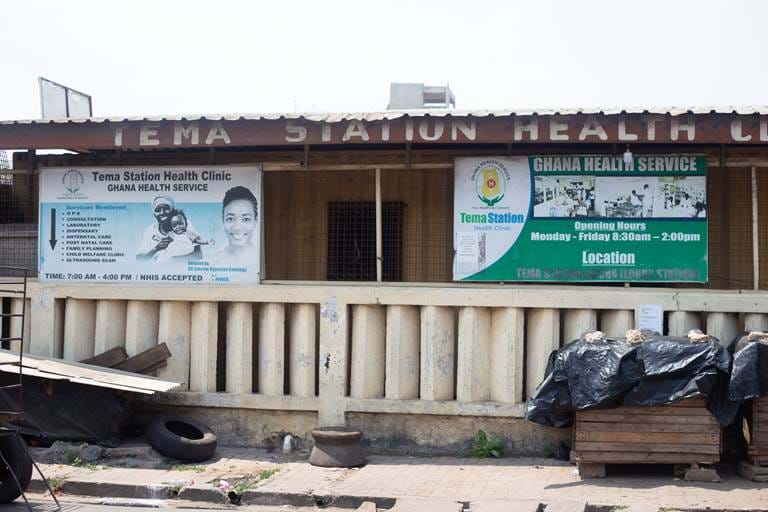
Using Data for Good
In collaboration with Ghana Statistical Service (GSS) and Vodafone Ghana, through the Data for Good partnership, Flowminder is supporting GHS in improving existing public health metrics by using mobility data to estimate the number of people visiting or residing in an area in near-real time to provide a “dynamic denominator” when calculating per capita metrics.
With mobile operator data, and more specifically Call Detail Records (CDRs), we can measure both the short- and long-term variation in the number of people visiting or residing in each district of Ghana in near-real time.
Our approach
Our goal is to incorporate CDR-derived estimates of population movement, density and distribution into Ghana Health Service’s work (specifically for disease surveillance, health service delivery planning and health metrics production). Our analyses will include::
- Estimate changes in local population counts (denominators) that arise from domestic mobility (internal migrations or relocations), and combine these with case counts to construct dynamic health metrics (e.g. disease incidence); and
- Quantify travels currently occurring between locations of interest (i.e., quantify the connectivity) in order to inform disease transmission models and estimate the spread of cases.
Resource | Video
Ghana | How to use mobility data for health purposes in Ghana
In this short video, Cathy Riley, Strategic Partnerships Director at Flowminder, explains the importance of understanding population changes for public health purposes. She presents how mobile operator data can be used in Ghana - thanks to the Data for Good partnership between Ghana Statistical Service, Vodafone Ghana and Flowminder - to estimate fluctuations in population numbers and therefore calculate a dynamic denominator to use as a basis for planning and implementing efficient public health interventions.
Useful information & resources
CDR data has a range of other public health applications, including:
- Predicting the spatial spread of infectious disease
- Refining the targeting of interventions aimed at disease elimination
- Spatial optimising of environmental surveillance for infectious disease or public health messaging
- Assessing the impact of mobility restrictions for public health
Find out more about the public health applications of CDR data:
What to find out more?
If you want to find out more about our work in Ghana, or discuss how we can help you in your country, contact us:
